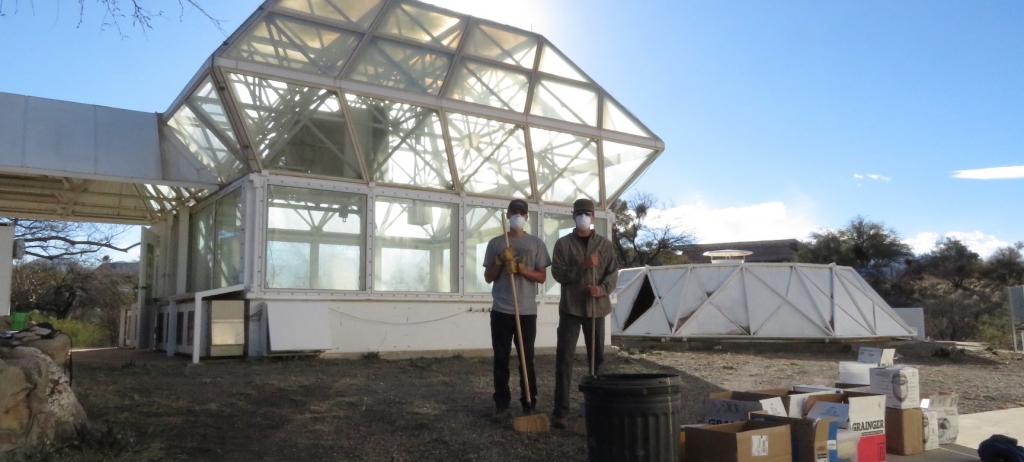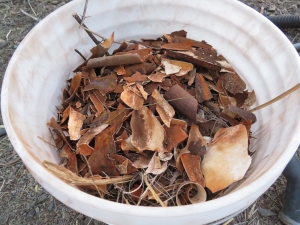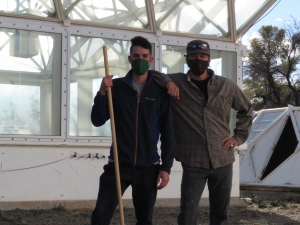When the muse cannot find the keyboard
So many stories, so many things I want to say trapped in an internal monologue. Sometimes the words make it to my mouth, sometimes to my tongue only to be whispered in an inaudible tone. But my fingers, they are so simply too far away from my brain. By the time the words reach those distant implements, those tools of communication the words fall silent and lose their form, only an echo of what were moments before clear in my head.













